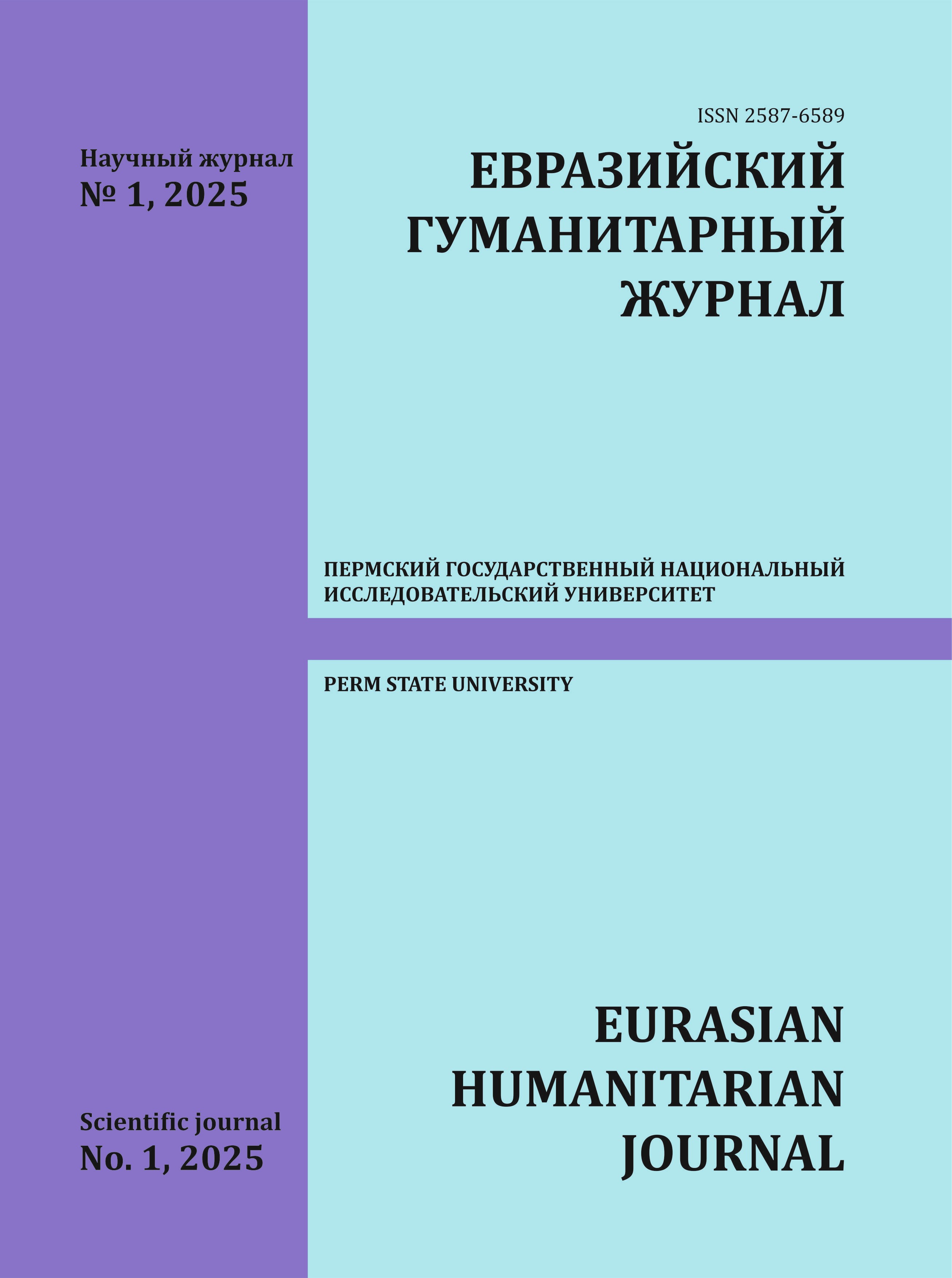DEMONSTRATIVE TONALITY IN DIPLOMATIC DISCOURSE
Keywords:
diplomatic discourse, communicative demonstrativeness, self-presentation, communicative demonstrative, linguistic personalityAbstract
The article is devoted to the problem of demonstrative tonality functioning in the speech of diplomats. The purpose of this work is to identify and describe the leading types of demonstrative tonality in diplomatic discourse, their functions and means of expression. The work uses an interdisciplinary approach and a method of psycholinguistic analysis of the communicants' speech output, on the basis of which theoretical and practical conclusions are made. The material for the analysis is the statements of the President, diplomats, officials and heads of the Ministry of Foreign Affairs, delivered during plenary sessions, meetings, conferences, briefings and interviews. As a result of the conducted research, it is concluded that in diplomatic discourse there are several types of demonstrative tonality that perform specific functions. The positive narrative demonstrativeness is expressed by I- and we- modality, positive declaratives, commissives and constatives, epiphora, lexical repetition, syntactic parallelism, hyperbolic epithets and emotional phraseological units and performs ascertaining and image functions. The negative narrative demonstrativeness is realized by negative declaratives, negative hyperbolic epithets and actualizes the ascertaining function. It is emphasized that the positive manipulative demonstrativeness is constructed by emphasis, introductory hyperbolic constructions, positive assertives, phraseological units, hyperbolic tropes with persuasive, image and contact-establishing functions. It is clarified that the negative manipulative demonstrative tonality is based on metaphor and demonstrative actions with regulatory and expressive functions, while the hidden negative manipulative demonstrativeness is expressed by introductory sentences, euphemisms, hyperbole, pun and cliches, realizing evaluative and expressive functions. The results obtained can be used in the course of semiotics and psycholinguistics.Downloads
Published
2025-03-14
Issue
Section
ОБЩИЕ ВОПРОСЫ ЯЗЫКОЗНАНИЯ

